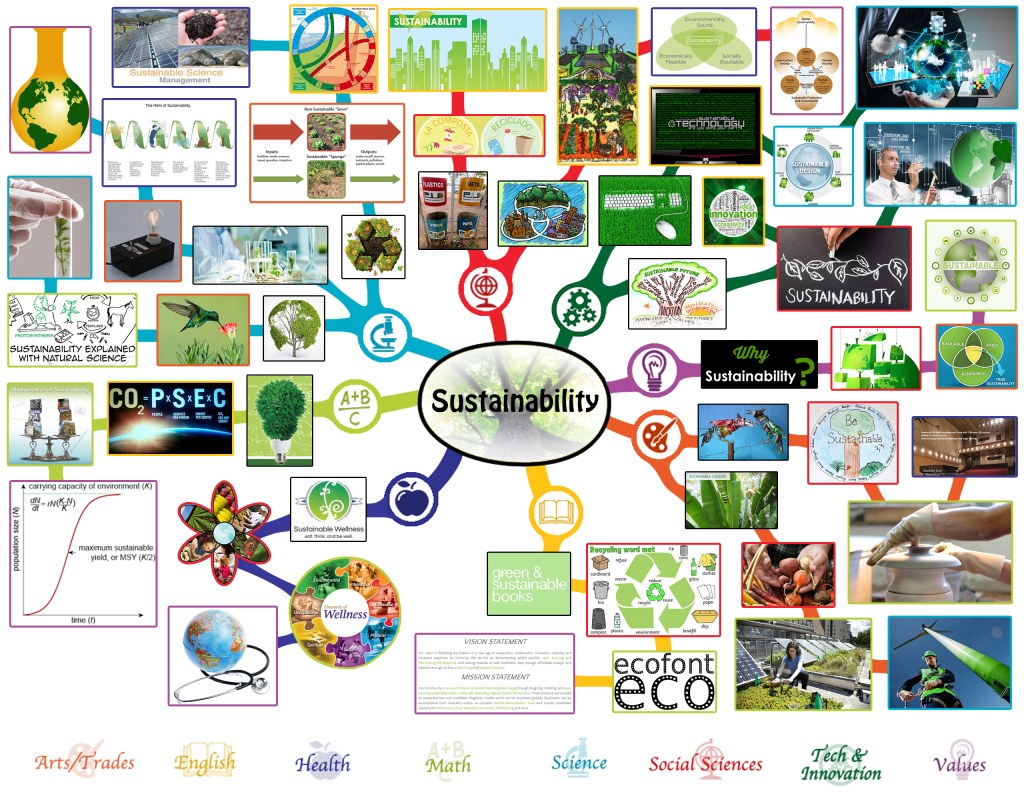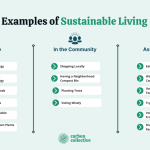Sustainable Living KS2: Empower Young Minds For A Brighter Future!
Sustainable Living in KS2: A Path Towards a Greener Future
Greetings, Friends!
Welcome to this informative article on sustainable living in KS2. In today’s world, where environmental issues are becoming increasingly urgent, it is crucial to educate our children about sustainable living practices. By incorporating sustainability into their daily lives, KS2 students can contribute to a greener future for our planet. In this article, we will explore the key aspects of sustainable living in KS2 and its importance. Let’s dive in!
2 Picture Gallery: Sustainable Living KS2: Empower Young Minds For A Brighter Future!


Overview
Sustainable living refers to a lifestyle that focuses on minimizing one’s impact on the environment while meeting present needs without compromising future generations’ ability to meet their own needs. It involves making conscious choices that promote environmental, social, and economic well-being. By adopting sustainable living practices, KS2 students can learn how to conserve resources, reduce waste, and protect the planet’s biodiversity.
What is Sustainable Living KS2?
Sustainable living in KS2 involves teaching students about the importance of adopting eco-friendly practices in their daily lives. It covers various aspects, including energy conservation, waste management, water preservation, sustainable food choices, and understanding the importance of biodiversity. By instilling these values, KS2 students can become responsible global citizens who actively contribute to a sustainable future.
Who Can Promote Sustainable Living in KS2?
The responsibility of promoting sustainable living in KS2 lies with educators, parents, and the community as a whole. Teachers play a crucial role in providing students with knowledge and practical guidance on sustainable living practices. Parents can support this by incorporating sustainable habits into their family routines. Additionally, community initiatives can create awareness and offer resources to inspire sustainable lifestyles among KS2 students.
When to Teach Sustainable Living in KS2?

Image Source: onecommunityglobal.org
It is essential to introduce sustainable living concepts early on in a child’s education. KS2, which includes children aged 7-11, is an ideal stage to start teaching these principles. At this age, children are receptive to learning about the environment and can understand the consequences of their actions. By imparting sustainable living education during KS2, we can shape their behaviors and attitudes towards a greener future.
Where Can Sustainable Living in KS2 be Implemented?
Sustainable living can be integrated into various aspects of a KS2 student’s life, including the classroom, home, and community. Schools can incorporate sustainable practices in their infrastructure, curriculum, and extracurricular activities. At home, families can adopt eco-friendly habits, such as recycling, conserving energy, and reducing water usage. Moreover, community initiatives can provide opportunities for KS2 students to engage in sustainable practices outside the classroom.
Why is Sustainable Living in KS2 Important?
Sustainable living in KS2 is important for several reasons. Firstly, it instills environmental awareness and responsibility from a young age, creating a foundation for lifelong sustainable practices. Secondly, it empowers children to make informed choices that benefit the environment and promote a more sustainable future. Lastly, teaching sustainable living in KS2 fosters critical thinking, problem-solving skills, and a sense of empathy towards the world around them.
How Can Sustainable Living in KS2 be Implemented?
Implementing sustainable living in KS2 can be done through a holistic approach that includes education, hands-on activities, and community involvement. Teachers can incorporate sustainability themes into their lessons, organize field trips to eco-friendly sites, and encourage student-led projects. Furthermore, parents can reinforce sustainable habits at home, such as composting, gardening, and reducing plastic waste. By involving the community, KS2 students can participate in clean-up drives, tree planting, and awareness campaigns.
Advantages and Disadvantages of Sustainable Living in KS2
Advantages:
1. Environmental Preservation: Sustainable living teaches KS2 students how their actions can positively impact the environment by reducing pollution, conserving resources, and protecting biodiversity. 🌍

Image Source: ytimg.com
2. Health Benefits: Adopting sustainable habits, such as consuming locally sourced food and reducing chemical usage, can improve personal health and well-being. 🥦
3. Cost Savings: Energy conservation practices, such as turning off lights and unplugging electronics, can lead to reduced utility bills, saving money in the long run. 💰
4. Community Engagement: Sustainable living practices encourage KS2 students to participate in community initiatives, fostering a sense of belonging and a commitment to a better world. 🤝
5. Long-Term Impact: By instilling sustainable living practices at a young age, KS2 students develop lifelong habits that can contribute to a greener future for generations to come. 🌱
Disadvantages:
1. Initial Investment: Some sustainable living practices, such as installing energy-efficient appliances or solar panels, may require an initial financial investment. 💸
2. Limited Accessibility: Depending on the geographical location, access to sustainable resources, such as organic food or renewable energy options, may be limited. 🌍
3. Behavior Change: Adopting sustainable habits requires a shift in mindset and behavior, which may take time and effort for some individuals. 🔄
4. Lack of Awareness: Not everyone is aware of the importance of sustainable living, which can hinder widespread adoption of eco-friendly practices. 🚫
5. Policy Support: The implementation of sustainable living practices requires supportive policies and infrastructure, which may vary across regions. 📜
Frequently Asked Questions (FAQs)
1. Is sustainable living only about protecting the environment?
No, sustainable living encompasses the environmental, social, and economic aspects of our lives. It involves making choices that balance these three pillars for a better future.
2. How can KS2 students contribute to sustainable living?
KS2 students can contribute to sustainable living by adopting eco-friendly habits, conserving resources, minimizing waste, and spreading awareness among their peers and family members.
3. Can sustainable living save money?
Yes, sustainable living practices can lead to cost savings in the long run. By conserving energy, water, and reducing waste, households can lower utility bills and minimize expenses.
4. What are some simple sustainable living practices for KS2 students?
Some simple sustainable living practices for KS2 students include recycling, composting, conserving water, using eco-friendly school supplies, and reducing single-use plastic consumption.
5. How can sustainable living benefit future generations?
By adopting sustainable living practices now, we can create a cleaner, healthier, and more sustainable world for future generations. It ensures that they have access to essential resources while preserving the environment.
Conclusion
In conclusion, sustainable living in KS2 plays a vital role in shaping environmentally conscious individuals who can make a positive impact on the planet. By incorporating sustainable practices into their daily lives, KS2 students can contribute to a greener future by conserving resources, reducing waste, and advocating for sustainable initiatives. Let us empower our KS2 students to become the environmental stewards of tomorrow!
Remember, every small action counts!
Final Remarks
In the journey towards sustainable living, it is essential to remember that change takes time and collective effort. By encouraging KS2 students to embrace sustainable practices and educating them about their significance, we are laying the foundation for a sustainable future. Let us work together to create a world where sustainability is not just a buzzword but a way of life.
Thank you for reading!
This post topic: Idensr Lifestyles

